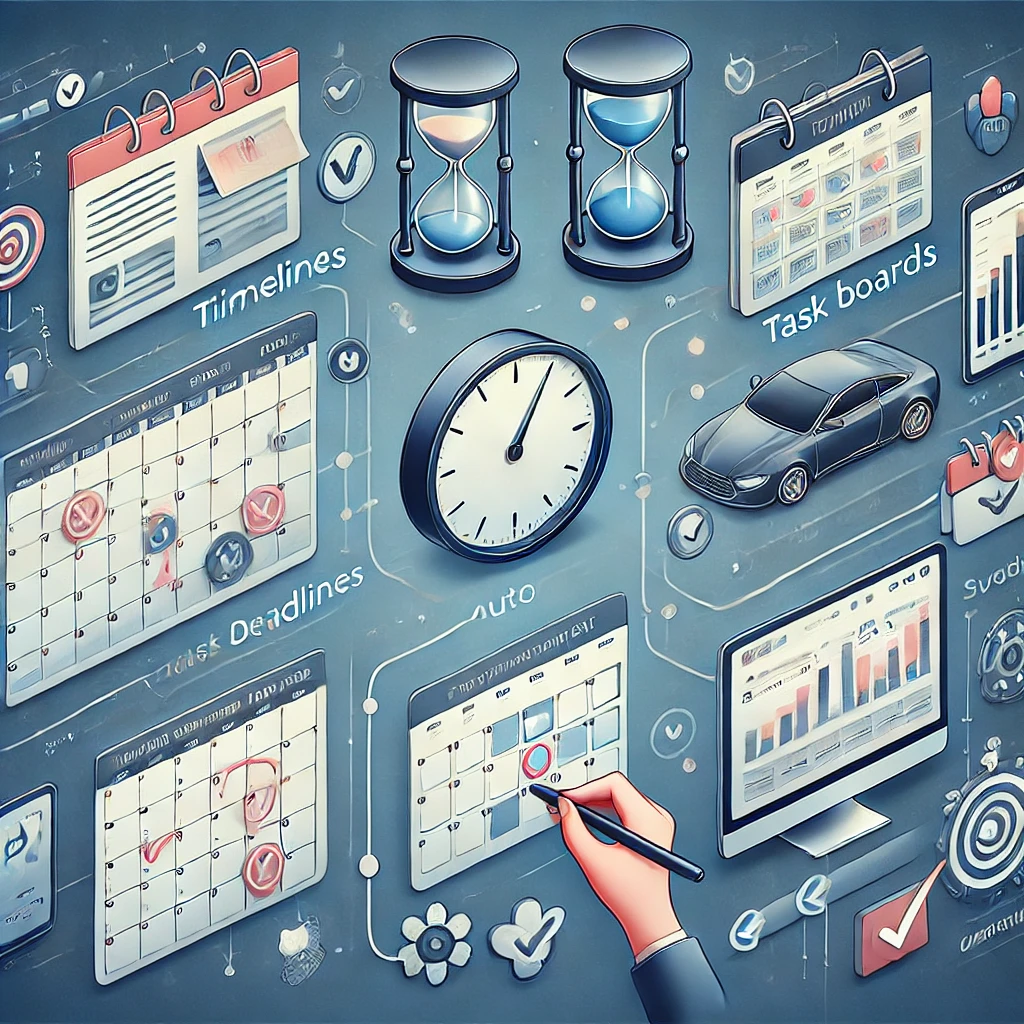Task automation is a powerful solution that not only saves time but also keeps you organized by simplifying repetitive processes. Whether you’re managing a team, projects, or daily to-dos, automating tasks through API integration can drastically improve productivity. In this blog, we’ll explore three game-changing ways to implement task automation using APIs, so you can focus on what matters most and leave the tedious work behind.
Table of Contents
Streamline Your Workflow with API-Driven Task Automation
When dealing with recurring tasks, manually entering data or managing projects can lead to bottlenecks. However, APIs (Application Programming Interfaces) offer a solution by enabling software to communicate and complete tasks without human intervention. Imagine how much time you could save if your project management software could automatically update tasks, create reports, or send notifications based on real-time data.
API task automation is the bridge between your favorite tools, allowing seamless integration of different apps, making your day-to-day operations more efficient. For example, you could set up an API to automatically create a new task in Asana when a lead is added to your CRM. Instead of switching between platforms and manually inputting data, this process runs behind the scenes, ensuring nothing falls through the cracks.
Task Automation for Project Management: Syncing Deadlines and Updates
One of the most impactful ways to leverage task automation is within project management. When deadlines shift or tasks change, the administrative overhead can be taxing. However, automating tasks such as updating deadlines, syncing task statuses, and sending reminders through APIs can significantly cut down on manual work.
Consider using APIs to link your project management tools, like Trello or Monday.com, with your calendar and communication apps. For example, when a task deadline is updated, an API can automatically adjust calendar events and notify team members via Slack. This automation not only reduces human error but also keeps everyone on the same page, ensuring no task is left unnoticed.

Related API: Google Calendar API
By integrating tools like the Google Calendar API, you can set up automations to automatically adjust meeting times, sync deadlines, or even send reminders as task milestones approach.
Automate Team Communication: Staying in the Loop without the Hassle
Effective communication is the backbone of any team, but keeping everyone informed can be time-consuming. This is where task automation via APIs can play a crucial role. By linking your communication tools with task management systems, you can ensure that updates are shared with the right people, at the right time, without requiring constant follow-up.
For example, when a task is marked as completed in your project management system, an API can automatically send a notification to your Slack or Microsoft Teams channel, updating everyone on the team. No more manual status updates or overlooked emails – the entire process is automated, ensuring transparency and accountability.
Tip: You can even take it a step further by automating task assignment. For example, when one task is completed, an API can trigger the next task to be assigned to a team member, ensuring a seamless workflow without any manual oversight.
Related API: Slack API
With the Slack API, you can automate notifications and messages to keep everyone updated without having to manually track the progress. It ensures smooth communication between team members and prevents bottlenecks in task handovers.

Automate Reporting: Generate and Share Insights in Seconds
Manually compiling reports is one of the most tedious and time-consuming tasks for any team. Yet, regularly reporting on progress is critical for monitoring project health and performance. Luckily, API automation can take care of this. By automating report generation, you can instantly create and share comprehensive reports based on real-time data, cutting down on hours of manual effort.
With task automation, you can integrate your project management tools with reporting software, allowing you to automatically pull data, generate graphs, and email updates to stakeholders on a set schedule. This reduces administrative tasks and ensures reports are always accurate and timely.
For example, an API could be set up to automatically pull data from your CRM, combine it with your project management tool, and generate a weekly performance report. That report could then be emailed to your team, without you lifting a finger.
Related API: Google Sheets API
The Google Sheets API allows you to pull data from multiple sources and generate custom reports in real time. This can be particularly useful for tracking project progress, managing budgets, and ensuring deadlines are met.

Maximizing Task Automation with Advanced API Integrations
While these three examples are foundational, task automation can extend into virtually every aspect of your workflow. From client onboarding to invoicing and beyond, API automation offers limitless potential. Advanced users can combine multiple APIs to build custom workflows, syncing data across platforms and enabling sophisticated automations that handle complex tasks without human input.
For example, an API could integrate your CRM with your email marketing platform and project management system, automatically creating tasks, scheduling emails, and tracking client interactions based on data from all three platforms. The more tools you integrate, the more time you’ll save, and the fewer manual processes you’ll need to oversee.
Task Automation: The Key to Efficient Task Management
At the end of the day, task automation is about simplifying your life by allowing APIs to do the heavy lifting. Whether it’s syncing deadlines, automating reports, or improving team communication, API integrations can save you countless hours while improving accuracy and efficiency.
To maximize the impact of task automation, start by identifying repetitive processes that consume the most time, and explore how APIs can streamline those workflows. By implementing these automations, you’ll stay ahead of deadlines, keep your team organized, and free up time to focus on the strategic tasks that truly drive progress.
In the ever-evolving landscape of digital tools, API task automation isn’t just a convenience—it’s a necessity. Take control of your time and projects by embracing the power of automation, and watch your productivity soar.
To learn more about Finance Automation Strategies: 7 Powerful API Integrations That Save Time and Reduce Errors, check out our blog here.
If you’re looking for more inspiration on how to incorporate APIs into your workflow, check out these resources:


4 Comments